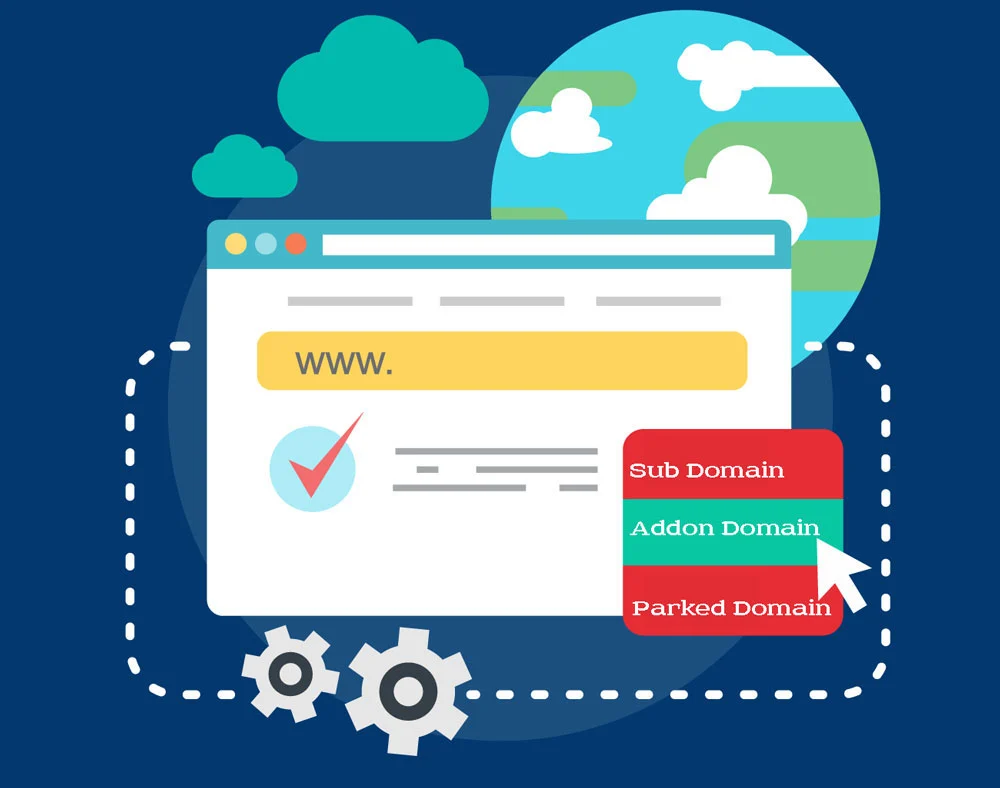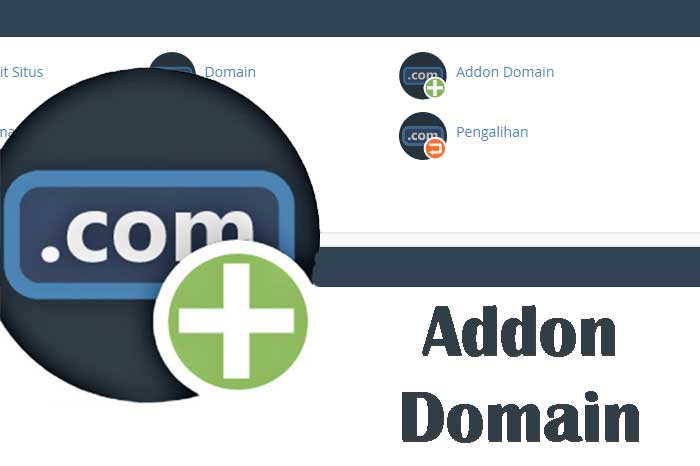Domain and Add-on domain in cPanel, managing multiple domains efficiently is essential for website owners. cPanel, a popular web hosting control panel, offers a convenient solution for hosting multiple Primary domain and Add-on domain within a single hosting account. we’ll explore the relationship between primary domains and add-on domains in cPanel hosting, shedding light on their functionalities and how they work together.

Table of Contents
Definition of Primary Domain and Add-On Domain:
Primary Domain: The primary domain is the main domain associated with your cPanel hosting account. It’s the domain you initially set up when creating the hosting account.

Add-On Domain: An add-on domain is an additional domain that you can host within the same cPanel account as your primary domain. It allows you to host multiple websites on a single hosting account.
The Functionality of Primary Domains:

The primary domain serves as the main account holder within cPanel hosting.
It has its own directory structure, website files, email accounts, and subdomains.
All other domains and websites hosted within the cPanel account are managed within the context of the primary domain.
Understanding Add-On Domains:
Add-on domains are separate websites hosted within the same cPanel account alongside the primary domain.
Each add-on domain has its own unique domain name, website content, and associated files.

When adding an add-on domain, a separate directory is created within the cPanel account to store the website files for that domain.
Relationship Between Primary Domains and Add-On Domains:
While primary domains and add-on domains are separate entities, they coexist within the same cPanel account.
Add-on domains are managed collectively with the primary domain through the cPanel interface.

Users can easily manage files, databases, email accounts, and other settings for both primary domains and add-on domains within the cPanel control panel.
Despite their separate file structures, primary domains and add-on domains share resources such as server space, bandwidth, and other hosting features.
Benefits of Using Add-On Domains:
Add-on domains provide a cost-effective way to host multiple websites within a single hosting account.
They allow website owners to manage multiple domains efficiently from a single control panel.

Primary domain and Add-on domain offer flexibility and scalability, enabling users to expand their online presence without the need for additional hosting accounts.
In cPanel, an Primary domain and Add-on domain’s a feature that allows you to host additional domains from a single hosting account. This feature is beneficial for website owners who want to manage multiple websites but prefer to do so from one centralized hosting account. Here’s why add-on domains are useful in cPanel:
Cost-effectiveness: With Primary domain and Add-on domain, you can host multiple websites under one hosting plan, potentially saving you money compared to purchasing separate hosting accounts for each domain.
Centralized management: Add-on domains enable you to manage all your websites from a single cPanel interface. This centralized management makes it easier to handle tasks such as domain configuration, email setup, and file management.
Resource efficiency: Hosting multiple domains under one account allows you to make the most of your hosting resources, such as disk space and bandwidth. This efficiency is especially valuable if you have smaller websites that don’t require dedicated hosting resources.
Simplified administration: Instead of managing multiple hosting accounts with different providers or configurations, you can streamline your administration efforts by consolidating all your domains under one hosting account.
Scalability: As your online presence grows, you can easily add more domains to your hosting account as Primary domain and Add-on domain, scaling your web hosting solution without the need to switch providers or plans.
Overall, Primary domain and Add-on domain in cPanel offer flexibility, convenience, and cost savings for website owners who manage multiple domains.
